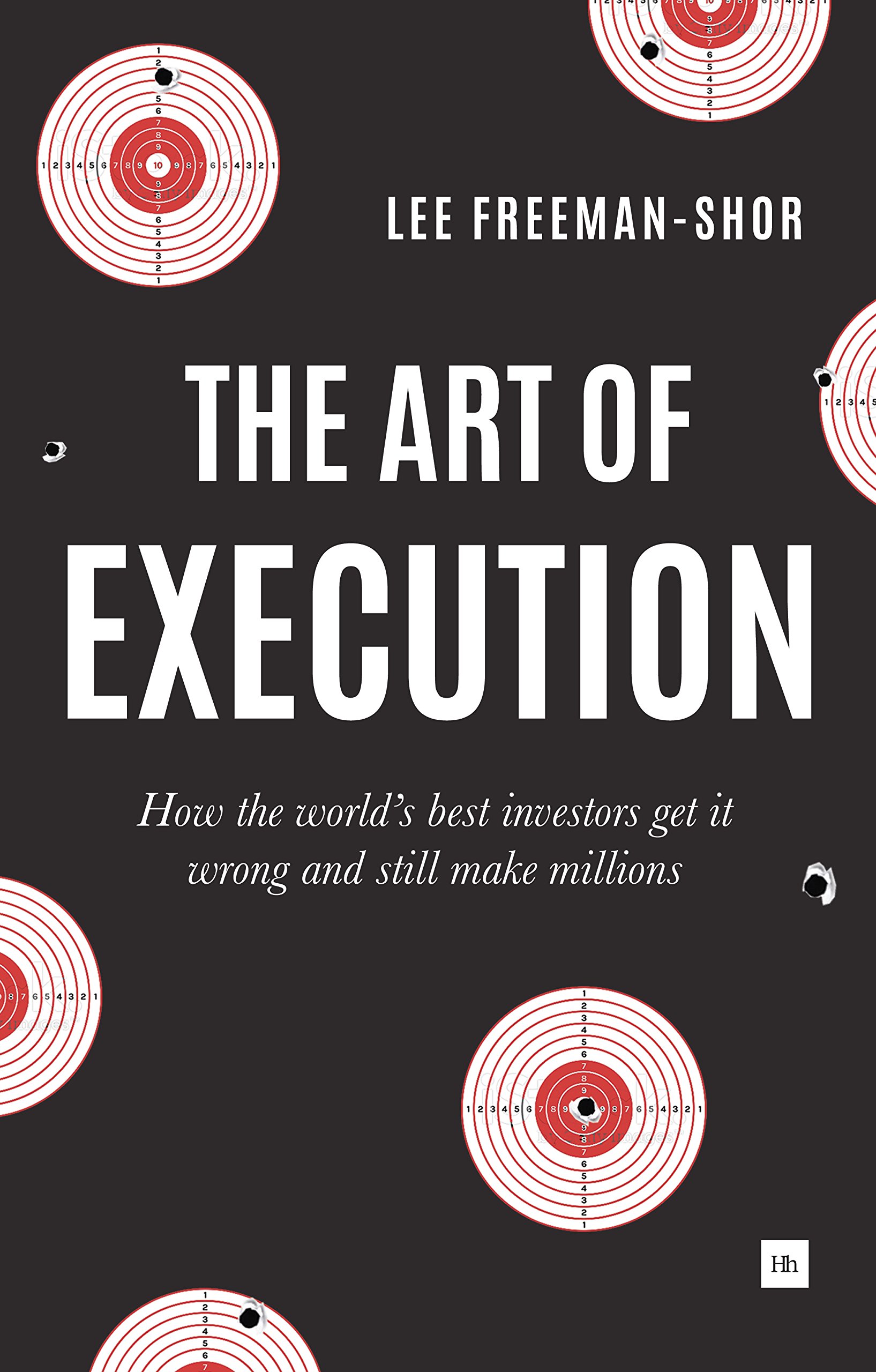Book Review: 100 to 1 in the Stock Market

How can a book be largely true, but not be a good book? ?By offering people a way to make a lot of money that is hard to do, but portraying it as easy. ?It can be done, and a tiny number succeed at it, but most of the rest lose money or don’t make much in the process. ?This is such a book.
Let me illustrate my point with an example. ?Toward the end of every real estate bull market, books come out on how easy it is to make money flipping homes. ?The books must sell to some degree or the publishers wouldn’t publish them. ?Few actually succeed at it because:
- It’s a lot of work
- It’s competitive
- It only works well when you have a bunch of people who are uneducated about the value of their homes and are willing to sell them to you cheap, and/or offer you cheap financing while you reposition it.
- Transaction costs are significant, and improvements don’t always pay back what you put in.
You could make a lot of money at it, but it is unlikely. ?Now with this book, “100 to 1 in the Stock Market,” the value proposition is a little different:
- Find one company that will experience stunning compound growth over 20-30+ years.
- Invest heavily in it, and don’t diversify into a lot of other stocks, because that will dilute your returns.
- Hold onto it, and don’t sell any ever, ever, ever! ?(Forget Lord Rothschild, who said the secret to his wealth was that he always sold too soon.)
- Learn to mention the company name idly in passing, and happily live off of the dividends, should there be any. 😉
Here are the problems. ?First, identifying the stock will be tough. ?Less than 1% of all stocks do that. ?Are you feeling lucky? ?How lucky? ?That lucky? ?Wow.
Second, most people will pick a dog of a stock, and lose a lot of money. ?If you aren’t aware, more than half of all stocks lose money if held for a long time. ?Most of the rest perform meh. ?Even if you pick a stock you think has a lot of growth potential, there is often a lot of competition. ?Will this be the one to survive? ?Will some new technology obsolete this? ?Will financing be adequate to let the plan get to fruition without a lot of dilution of value to stockholders.
Third, most people can’t buy and hold a single stock, even if it is doing really well. ?Most succumb to the temptation to take profits, especially when the company hits a rough patch, and all companies hit rough patches, non excepted.
Fourth, when you do tell friends about how smart you are, they will try to dissuade you from your position. ?So will the financial media, even me sometimes. ?As Cramer says, “the bear case always sounds more intelligent.” ?Beyond that, never underestimate envy. 🙁
But suppose even after reading this, you still want to be a home run hitter, and will settle for nothing less. ?Is this the book for you? ?Yes. ?it will tell you what sorts of stocks appreciate by 100 times or more, even if finding them will still be rough.
This book was written in 1972, so it did not have the benefit of Charlie Munger’s insights into the “Lollapalooza” effect. ?What does it take for a stock to compound so much?
- It needs a sustainable competitive advantage. ?The company has to have something critical that would be almost impossible for another firm to replicate or obsolete.
- It needs a very competent management team that is honest, and shareholder oriented, not self-oriented.
- They have to have a balance sheet capable of funding growth, and avoiding crashing in downturns, while rarely issuing additional shares.
- It has to earn a high return on capital deployed.
- It has to be able to reinvest earnings such that they earn a high return in the business over a long period of time.
- That means the opportunity has to be big, and can spread like wildfire.
- Finally, it implies that not a lot of cash flow needs to be used to maintain the investments that the company makes, leaving more money to invest in new assets.
You would need most if not all of these in order to compound capital 100 times. ?That’s hard. ?Very hard.
Now if you want a lighter version of this, a reasonable alternative, look at some of the books that Peter Lynch wrote, where he looked to compound investments 10 times or more. ?Ten-baggers, he called them. ?Same principles apply, but he did it in the context of a diversified portfolio. ?That is still very tough to do, but something that mere mortals could try, and even if you don’t succeed, you won’t lose a ton in the process.
Quibbles
Already given.
Summary / Who Would Benefit from this Book
You can buy this book to enjoy the good writing, and learn about past investments that did incredibly well. ?You can buy it to try to hit a home run against a major league pitcher, and you only get one trip to the plate. ?(Good luck, you will need it.)
But otherwise don’t buy the book, it is not realistic for the average person to apply in investing. ?if you still want to buy it, you can buy it here: 100 to 1 in the Stock Market.
Full disclosure:?I bought it with my own money. ?May all my losses be so small.
If you enter Amazon through my site, and you buy anything, including books,?I get a small commission.? This is my main source of blog revenue.? I prefer this to a ?tip jar? because I want you to get something you want, rather than merely giving me a tip.? Book reviews take time, particularly with the reading, which most book reviewers don?t do in full, and I typically do. (When I don?t, I mention that I scanned the book.? Also, I never use the data that the PR flacks send out.)
Most people buying at Amazon do not enter via a referring website.? Thus Amazon builds an extra 1-3% into the prices to all buyers to compensate for the commissions given to the minority that come through referring sites.? Whether you buy at Amazon directly or enter via my site, your prices don?t change.





